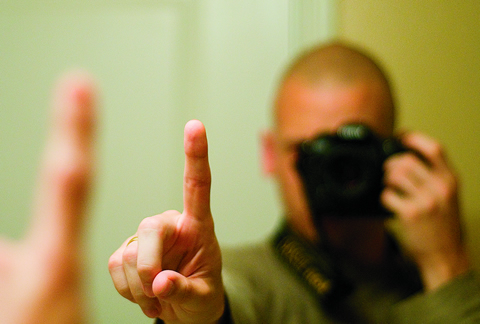Sometimes, you want to see both the forest and the trees. With video recording, though, you’ve had to settle for one or the other. Now an innovative new video camera promises to bring both simultaneously into focus.
The Omni-focus video camera is the brainchild of Keigo Iizuka, a professor emeritus in the Edward S. Rogers Sr. department of electrical and computer engineering. The camera can focus on objects both near and far with high resolution, automatically and in real time, says Iizuka. He and his private- sector collaborator David Wilkes believe the device may find use not only in movie-making, but also in areas such as security and medicine.
The key breakthrough is a special infrared camera that can map out the exact distance from the camera to each object in a scene. It works by illuminating two separated infrared LEDs in succession, snapping an infrared photo with each illumination and then comparing the images. One LED is located just in front of the infrared camera and one just behind it. Because the light is travelling slightly farther from the back LED, the two images of the same scene are different. That difference is used to calculate how far away the objects are.
Also within the Omni-focus camera are standard, colour video cameras, one per desired focal point, each camera focused on a different depth of the scene. The current prototype, about the size of a shoebox, has two video cameras, but it could contain more, says Iizuka. Due to an arrangement of prisms and mirrors, all the cameras are viewing the scene from the same vantage point. Special software, designed by Wilkes, uses distance information from the infrared camera to select the best individual pixels from the video cameras to form a unified and focused image. Iizuka has a video, for instance, that shows both the eye of a needle just centimetres from the camera and the eye of a needle a little more than a metre away, both in clear focus.
The first bite of commercial interest in the Omni-focus video camera has come from a maker of laparoscopes in the U.S. A laparoscope is a slender tube fitted with a camera that’s fed through a tiny incision in the abdomen, and used to view parts of the abdominal cavity up close. Conventional laparoscopes have trouble viewing the whole terrain of our innards at once; the Omni-focus video camera, scaled down, might provide the solution.






